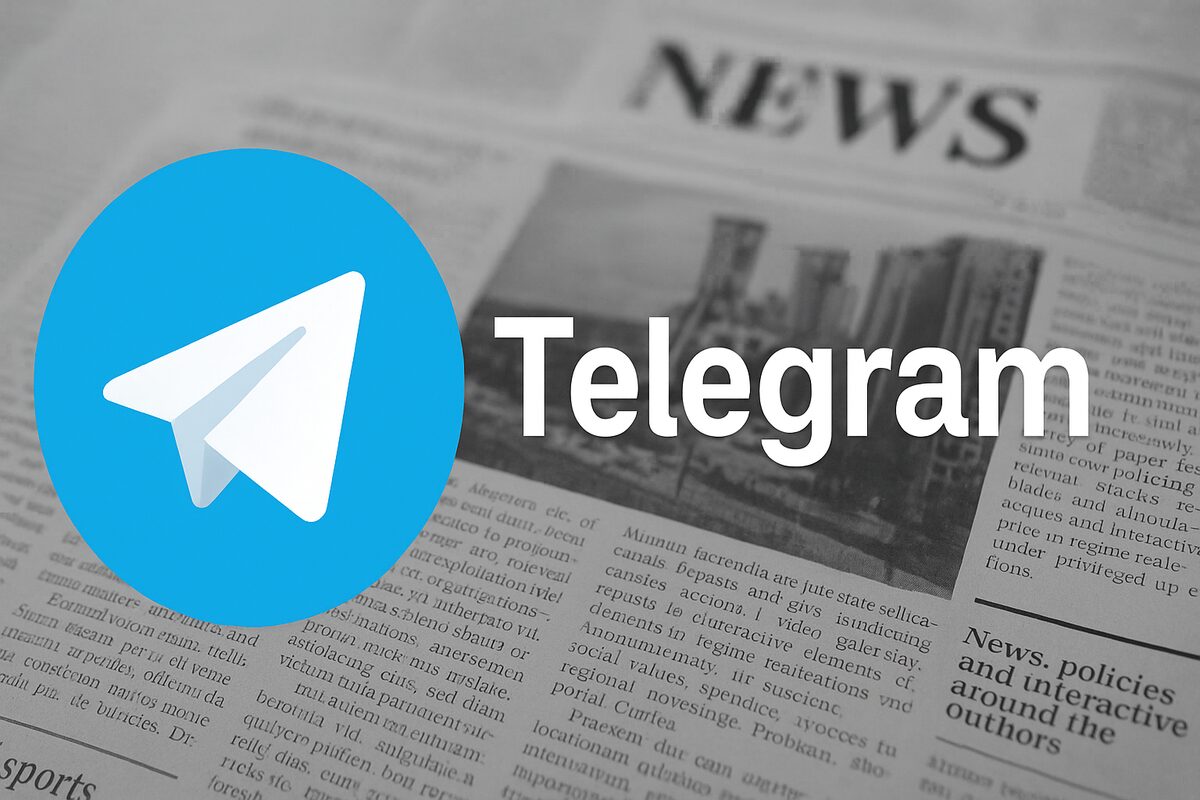
Telegram for Business: How the Platform Is Evolving from Messenger to a Full-Scale Engagement and Sales Tool
Telegram has long stopped being just a messenger. In recent years, it has transformed into a full-fledged platform for media, e-commerce, and the sale of services. Today, Telegram is not just a communication channel but a comprehensive tool for attracting, retaining, and monetizing an audience.
Today, there are over a billion Telegram users worldwide, more than 25 million of whom are in Ukraine. This makes the platform the second largest globally and the number one by trust among Ukrainians. Importantly, Telegram continues to expand its functionality from a simple chat to a tool for business, media, marketing, and direct sales.
E-commerce is one of the most dynamic niches on Telegram. As Milana Kovalchuk, Project Manager at Telemetrio, notes, “As of today, there are about 140,000 Telegram channels operating in the e-commerce sector worldwide, over 5,000 of which are in Ukraine.” This niche grows by more than 10% every year, second only to news media.
Among infrastructural innovations are over 1,000 bots and mini-apps that support e-commerce. The top five e-commerce brands on Telegram (Rozetka, MOYO, Foxtrot, OLX, Prom) generate more than 22 million views per month across 1,500 posts, with an engagement rate of about 21%.
A Tool for Engagement and Monetization
Telegram has become a platform that covers all key stages of the user funnel:
- Awareness first contact with the brand through native advertising in channels.
- Interest/Desire working with subscribers through content, promotions, and special offers.
- Action conversion activities via interactive tools: buttons, bots, mini-apps.
- Retention personalized messages, remarketing, and interaction through reactions.
It is clear that Telegram is not just a channel for newsletters. The numbers confirm: it genuinely provides businesses with a tool for engagement, retention, and monetization of their audience. But to work effectively, it is essential to understand Telegram’s role in the overall marketing strategy of the brand.
How to Measure Effectiveness: Beyond Just Views
The effectiveness of Telegram channels is no longer limited to the number of post views. It is crucial to analyze the impact on key business metrics from brand awareness to revenue. As Milana Kovalchuk emphasizes, “The top five e-commerce brands on Telegram generate more than 22 million post views in the last 30 days, with an engagement rate of about 21%.”
To properly evaluate Telegram, businesses use analytical tools such as Google Analytics and Telemetrio, combined with different attribution models. This allows you to determine the real impact of the platform on the user from the first touchpoint to conversion.
Among the main evaluation methods are:
- Internal analytics: reach, subscribers, reactions, comments.
- External services: Telemetrio for channel selection, reach, and trend analysis.
- Google Analytics + UTM tags: to track transitions and conversions.
- Marketing Mix Modeling: a comprehensive assessment of Telegram’s impact on sales, even through direct visits.
In practice, only the combination of different data sources provides an accurate picture: internal analytics, Telemetrio, and Google Analytics. This approach lets you see the real role Telegram plays in achieving business goals.
It’s important not just to create content but to constantly analyze how it’s perceived. Telegram provides businesses with unique feedback tools reactions, comments, unsubscribes, and subscribes. These indicate how the audience reacts to content and help adjust strategy.
If conversion is low but reactions are positive, it’s a signal that the content resonates, and it can be used for further engagement. High activity in comments is a valuable source of feedback for strategy adjustments.
One of the key mistakes is expecting quick results or launching a channel without a thoughtful strategy. Content is a must-have, but without quality distribution and analytics, it does not work.
Practical Recommendations for Business
- Treat Telegram as a full-fledged media tool with performance potential. Telegram is not a classic performance platform, but with analytics and a well-thought-out funnel, it can deliver measurable results.
- Use analytics at all levels: combine Telegram’s internal tools with Telemetrio, Google Analytics, UTM tags. Without tracking, it’s impossible to assess effectiveness.
- Don’t expect instant results. Telegram works for the long term. Regularity, hypothesis testing, and content optimization are the way to results.
- Work on content quality. If there are reactions, subscriber growth, and no mass unsubscribes, you’re on the right track.
- Integrate Telegram into your overall strategy: link it with TikTok, YouTube, your website, email. Build communication through a multichannel approach.
- Measure what matters most to your business. KPIs must align with your goals: reach, sales, brand awareness. But most importantly, they must be measurable, interpretable, and scalable.
Telegram has finally ceased to be just a messenger and has become a unique platform for business, media, and e-commerce. Its strength lies in flexibility, accessibility, and the ability to cover all stages of the customer funnel. To succeed on the platform, you need strategy, analytics, and quality content. And the result comes from systematic work, testing, and the ability to integrate Telegram into your overall marketing ecosystem.














